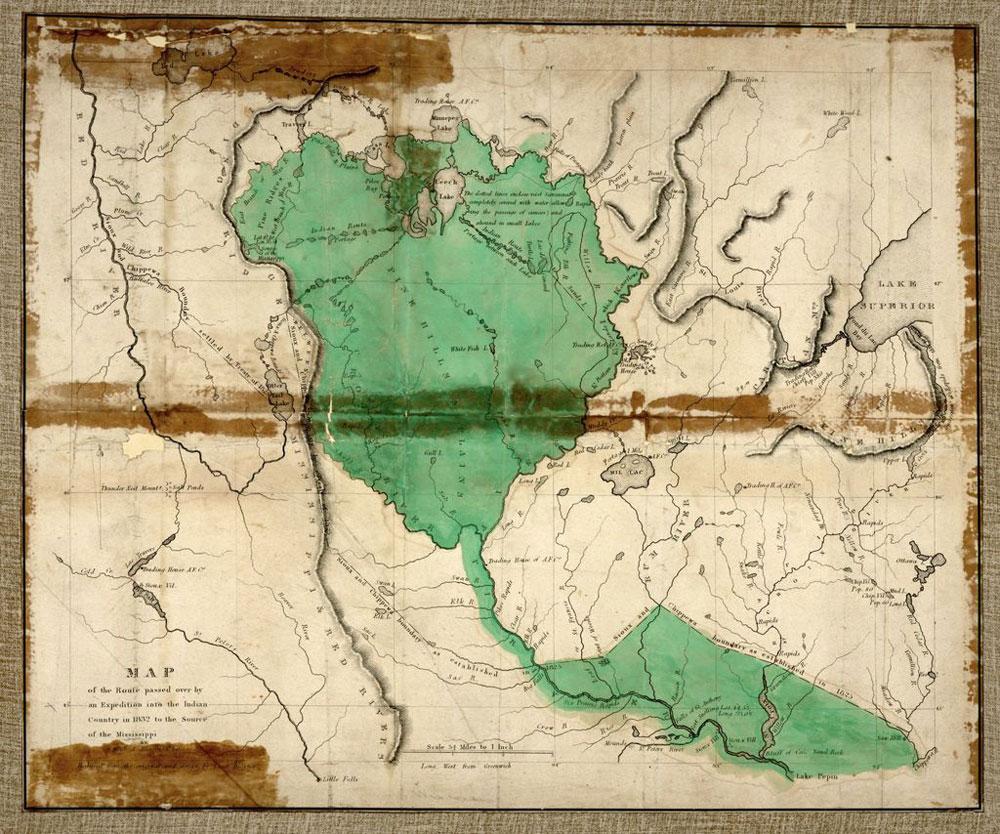
September 2, 2019; American Banker
As NPQ’s Rick Cohen observed over a decade ago, the Community Reinvestment Act (CRA) “is one of the nonprofit sector’s biggest advocacy triumphs.” The law, passed in 1977, created, as NPQ noted two years ago, an “affirmative obligation” that required private banks to make financial services and loans available to low- and moderate-income residents, “especially in communities of color, which had previously been denied loans due to redlining.”
All told, CRA has fostered billions of dollars of investment—trillions, by some counts—by private banks in low-income communities. But the law has its limitations. One is that if a low-income community does not have a bank branch, then it is not eligible for CRA investment. The need to update the legislation has been acknowledged for years; Cohen himself address the issue in NPQ back in 2010.
More recently, a 2017 Urban Institute report noted that:
For years, the community development field has asked for regulatory changes to the CRA to make the statute more effective in the face of changes in the banking industry’s structure since the last major CRA regulatory changes in 1995…The changes over the intervening 20 years have created “CRA hot spots,” where deposits are so concentrated that banks compete bitterly for CRA investments, and “CRA deserts,” where few or no banks can garner CRA credit for making investments.
Of course, as will surely surprise few NPQ readers that Indian Country is mostly located in those “CRA deserts.” Now, however, reports Jon Prior in American Banker, some Native Americans are seeking changes to CRA regulations to help direct more financial resources to Native lands.
Sign up for our free newsletters
Subscribe to NPQ's newsletters to have our top stories delivered directly to your inbox.
By signing up, you agree to our privacy policy and terms of use, and to receive messages from NPQ and our partners.
“We don’t neatly fit into the same boxes that other constituents for the CRA change fit into,” Dante Desiderio, executive director of the Native American Finance Officers Association, tells Prior. “The modernization of the CRA can really change the capital flow into Indian Country.”
How would this be done? In part, by building on one of the great successes of Indian Country finance, the rise of a network of Native American-focused community development financial institutions (CDFIs). Citing Federal Reserve data, Prior notes that there are 94 CDFIs operating in Indian Country, a sizable number considering that there were a total of 1,112 CDFIs of all kinds operating nationwide as of the end of 2018 (and 1,131 by May 2019). Of the 94 Native CDFIs, 61 are loan funds, 18 are banks and 15 are credit unions.
CDFIs are growing rapidly. Annie Donovan, former director of the CDFI Fund, notes that they now have $136 billion in assets, up from $4 billion two decades before. But, Donovan adds, this number still pales in comparison with the $18.3 trillion in assets in the US financial services sector. Banks do get “CRA credit” for depositing funds in CDFIs within their service area; indeed, at least as of 2015, banks were the largest single source of CDFI finance (29 percent of total funds lent out). But if the investment occurs outside the bank’s service area, then the bank is not credited with making a community-supporting investment.
Could new rules free up some of this bank investment for Indian Country? That is the idea that is being floated. What is being proposed is for bank “regulators to establish designated CRA zones within tribal lands, meaning banks located anywhere in the US would get CRA credit for investing in projects benefiting Native American areas.”
“There’s a huge unmet need for infrastructure in our tribal communities,” Lynn Trujillo, secretary of the New Mexico Department of Indian Affairs, tells Prior. Lacey Horn, a former treasurer for Cherokee Nation, adds that the regulatory change would significantly reduce the “invisibility” that Native Americans often feel when they seek out banking services.
Thomas Ogaard, who is CEO of the $160 million-asset Native American Bank in Denver, a CDFI, said that his CDFI finds plenty of investible projects. He adds that there remains a lot of room for others to also invest. “It’s a well-kept secret,” Ogaard notes. But he hopes that it will ultimately be less so.—Steve Dubb













